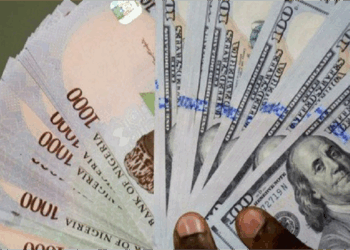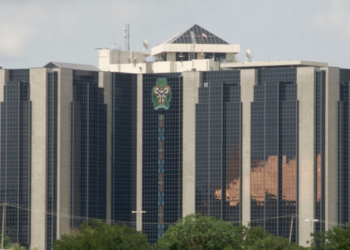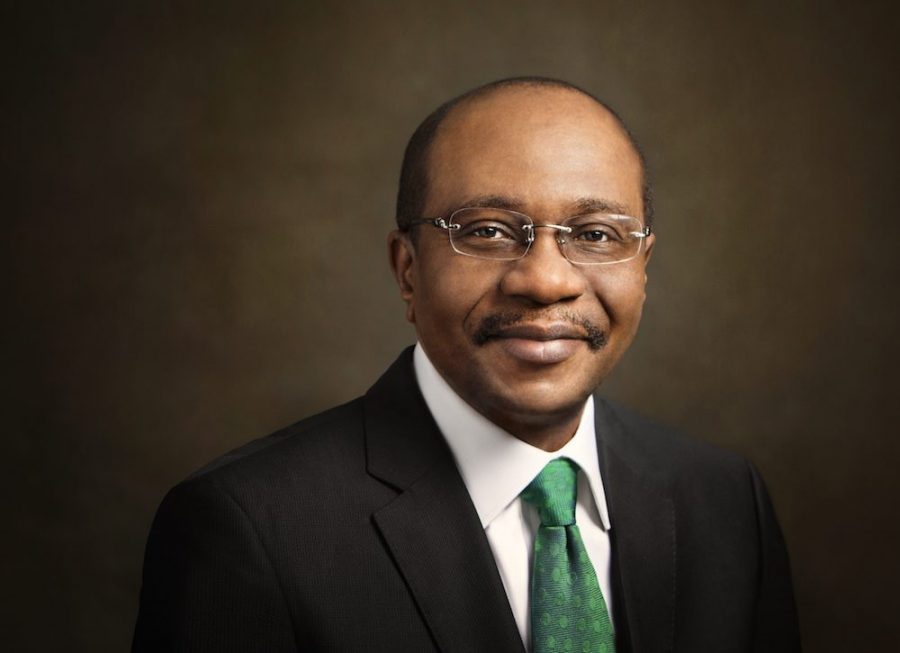COVID-19 has had a major effect on the global economy, which is now stuck between uncertainty and a self-induced fall in demand, creating a drag on economic output and productivity.
Is Nigeria in a recession?
Right now, economic activities in Nigeria have ground to a halt, so the economy has slowed down. A slowdown is defined as a “deceleration of the economy.” Nigeria’s economic slowdown may last for a month or more. Meanwhile, economic growth rate may remain positive, even growing, but anemic.
Once economic growth stops, turns negative, and stays negative for 6 months (two quarters), the economy is in a recession. So, a slowdown is still a positive but slowing growth, while a recession is negative growth of at least two quarters. What about an economic depression? An economic depression is a longer and more severe recession, with GDP falling by a minimum of 10% into negative territory.
The business cycle also goes through four major phases: expansion, peak, contraction, and trough. All businesses and economies go through this cycle, though the length varies. Recessions happen or start to show when the economy starts to contract and falls into a trough. It is thus important as an investor to understand business and economic cycles, which as such aid effective planning.
(READ MORE: COVID-19: Signalling the emergence of Big Data analytics in Nigeria)
The Central Bank of Nigeria (CBN) helps manage the economic cycle with monetary policy; it lowers interest rates to aid an end to a contraction or trough. That is called an expansionary monetary policy. The Central Bank can also raise rates to manage expansion, so it does not overheat. That is a contractionary monetary policy. The Executive may use fiscal policy as well.

If an investor forecasts that an economic contraction is imminent, this means that the Central Bank may drop rates, the investor can take a position in the financial markets to either protect a position of benefit from a fall in rates. Similarly, if the investors forecast that the economy will experience a boom and expand, meaning the likelihood of a Central Bank (CBN) interest rate hike is elevated, another set of positions can be taken to profit from rising interest rates.
To simplify this, knowledge about the future direction of the economy is key in a portfolio planning and asset allocation. Consumer confidence plays a role in managing the economy and the current phase in the cycle.
So how can an economic forecast be done?
Well not by guesswork. I always look at the Purchasing Managers Index (PMI) as a guide. The PMI is an index of the prevailing direction of economic trends in the manufacturing and service sectors. According to Investopedia, the PMI “summarizes whether market conditions, as viewed by purchasing managers, are expanding, staying the same, or contracting. If purchasing managers are buying more raw materials and delivery trucks, that can be interpreted as the economy in growth.
(READ MORE: Nigeria seeks bank documents of former President, others over $9.6 billion P&ID case)
I reference the Central Bank of Nigeria’s (CBN) PMI index as my guide; generally, a composite PMI above 50 points indicates that the manufacturing/non-manufacturing economy is generally expanding. 50 points indicate no change and below 50 points indicates that it is generally contracting. The latest CBN Manufacturing PMI reading is for March 2020, and it does not look good. We summarize as below:

The Manufacturing PMI in the month of March 2020 stood at 51.1 index points. The index grew at a slower rate when compared to the index in February 2020 at 58. Drilling down to the manufacturing subsectors index for 2020, the narrative continues.
Inventories: contracted to 49.4 points.
Production grew at 54.4 albeit slower than February.
New orders index grew 52.3, again slower than February.
Manufacturing supplier delivery time contracted at 49.4.
Employment level index contracted at 47.1 points.
All key subsectors saw declines from February 2020, with employment, inventories and supplier deliveries posting negative figures.
Whilst no single data point, especially in economics, is ever conclusive, this fall in Manufacturing PMI does indicate a significant economic slowdown, especially looking at the employment level which fell for the first time after recorded growth for thirty-four consecutive months
Clearly, the economy has slowed and may enter a recession. The question is for how long?
























